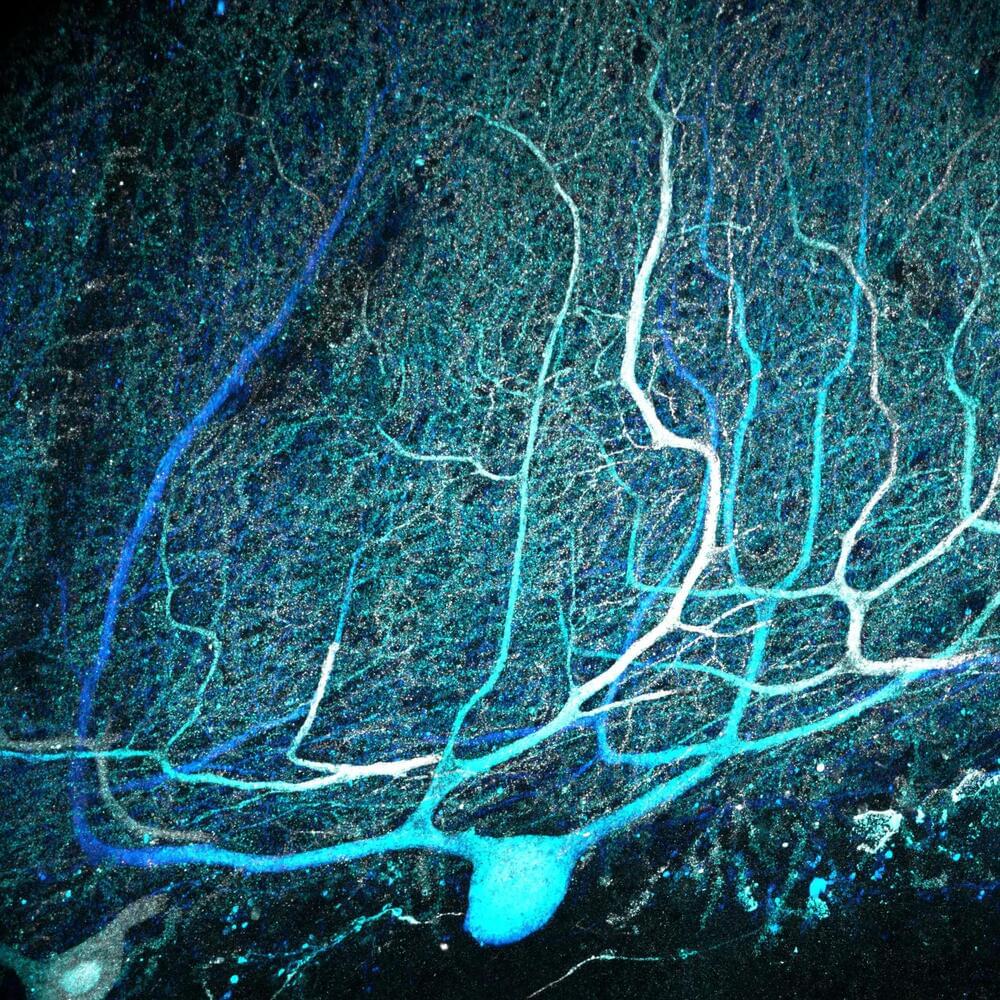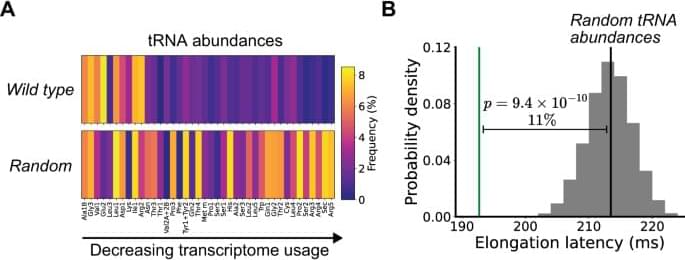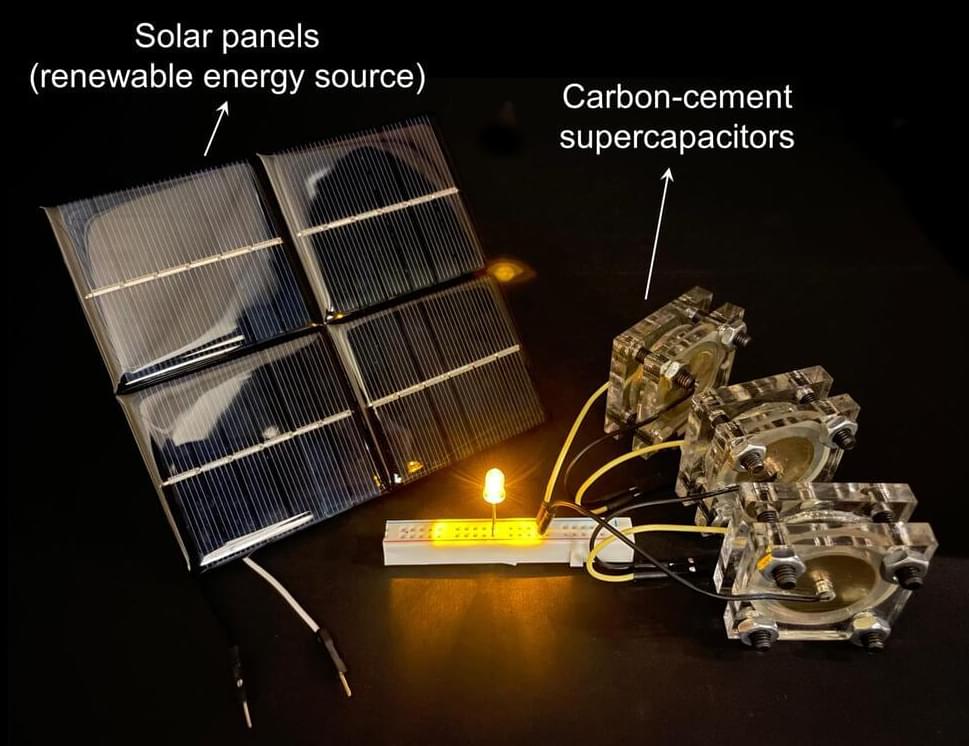So why not break the AI apart?
In a new study published in PNAS, the team took a page from cognitive neuroscience and built a modular AI agent.
The idea is seemingly simple. Rather than a monolithic AI—a single network that encompasses the entire “self”—the team constructed a modular agent, each part with its own “motivation” and goals but commanding a single “body.” Like a democratic society, the AI system argues within itself to decide on the best response, where the action most likely to yield the largest winning outcome guides its next step.









